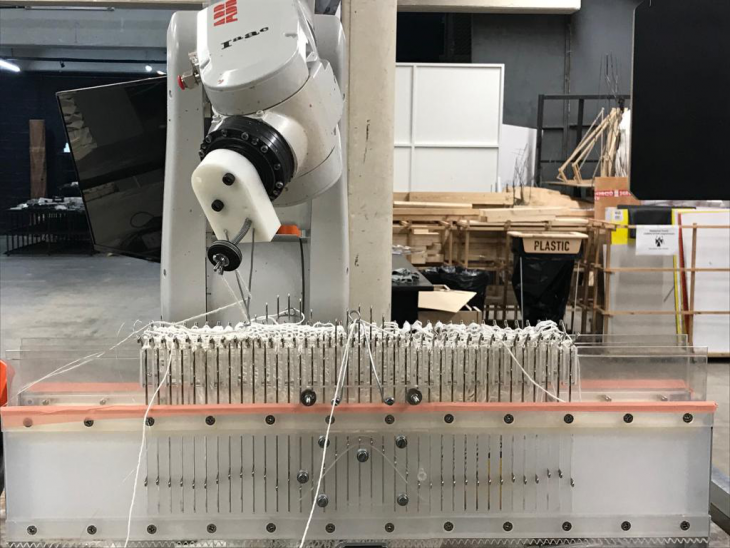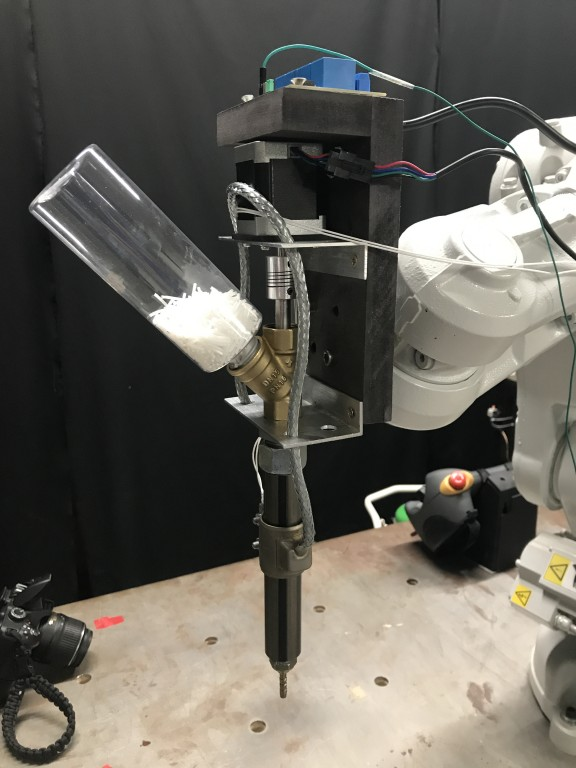IAAC – Master in Robotics and Advanced Construction
Hardware I
Faculty: Angel Muñoz, Irene Rafols.
HARDWARE I SEMINAR

Credits: Jean-Nicolas Alois Dackiw | Soroush Garivani
Syllabus
Digital fabrication comprises several technologies, which are used in a wide range of materials. Each technology allows different geometrical possibilities, tolerances, finishing, etc. On the other site, each material (wood, stone, steel, sheet metal, concrete, plastic, etc.) could be manufactured for some of these technologies and has its own performance and requirements.
First day, in the first part of the class, we will be focused on the State of the Art of digital fabrication in industry from CNC routers to robots through 3d printing or multi axis machines. We will put special attention in materials. We are interested in which technologies are used to manufacture each material. We also will review some examples of digital fabrication.
Within the next two days, we will see how the advances made in the last years in open source hardware and software ecosystem (Arduino, Processing, Linux, Android, OpenCV, etc.) have allowed a fast growing of costly and complex systems with a lower budget and more friendly learning curves.
Open source movement has unleashed human creativity, having a big impact in production, prototyping and innovation. It has enabled anyone to make IoT devices, drones, robotics and also customization to fit specific contexts. We will go through a collection of outstanding and inspiring open source projects related to robotics.

Credits: Luigi Pacheco, Omar Geneidy, Sebastian Voigt, Stefano Meloni
At the end of these three days, the students will have a huge collection of hardware tools and content to further research during the first term and to help them with their studio projects.
The class will spend the rest of the first term working on a project to create an end of arm tool for the ABB robot using actuators like motors, electrovalves, relays and more.
Learning objectives
At course completion the student will learn:
– How to use microcontrollers and embedded systems
– How to control different actuators like motors, relays, electovalves, etc.
– Communication protocols between different devices